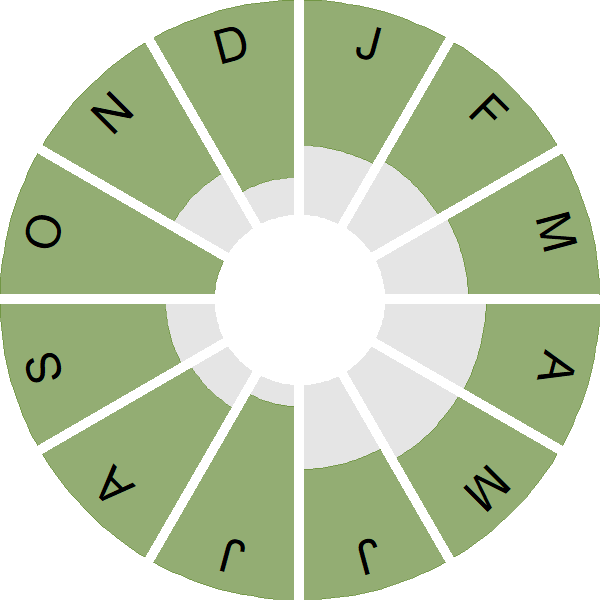Black Swan

Introduction
Striking large black waterbird that occasionally escapes from captivity and which now breeds regularly in the wild.
This popular ornamental species, introduced from Australia, is occasionally encountered in the wild, mostly as single individuals but sometimes in small groups. The species favours rivers and freshwater lakes.
Males are slightly larger than females but otherwise the sexes are similar, with the predominantly black plumage contrastingly strongly with a striking red bill and white flight feathers. The Rare Breeding Birds Panel regularly receives double-figure records of breeding attempts from across the UK, and there is an established breeding population in east Norfolk, centred on the Broads. The species is native to Australia.

Key Stats
Identification
Songs and Calls
Call:
Status and Trends
Conservation Status
Population Size
Distribution
Black Swans occur widely, as introductions or escapes, in a variety of habitats including ornamental ponds, lakes and marshes. The winter distribution map shows Black Swans to be widely distributed in the southern half of Britain. Breeding evidence was recorded in 111 10-km squares and these were mainly in southern and central England, the Isle of Man and Channel Islands; two records came from Ireland. In addition, Black Swans were recorded as non-breeding in a further 153 10-km squares.
Occupied 10-km squares in UK
or view it on Bird Atlas Mapstore.
or view it on Bird Atlas Mapstore.
Distribution Change
Assessing change in range is difficult due to the likely under-reporting of Black Swans in previous atlases.
Change in occupied 10-km squares in the UK
or view it on Bird Atlas Mapstore.
or view it on Bird Atlas Mapstore.
Seasonality
Black Swan is a naturalised non-native and can be encountered throughout the year.
Weekly pattern of occurrence
The graph shows when the species is present in the UK, with taller bars indicating a higher likelihood of encountering the species in appropriate regions and habitats.

Movement
Britain & Ireland movement
Biology
Survival and Longevity
Survival is shown as the proportion of birds surviving from one year to the next and is derived from bird ringing data. It can also be used to estimate how long birds typically live.
Classification, names and codes
Classification and Codes
- Order: Anseriformes
- Family: Anatidae
- Scientific name: Cygnus atratus
- Authority: Molina, 1782
- BTO 2-letter code: AS
- BTO 5-letter code: BLASW
- Euring code number: 20800
Alternate species names
- Catalan: cigne negre
- Czech: labut cerná
- Danish: Sortsvane
- Dutch: Zwarte Zwaan
- Estonian: mustluik
- Finnish: mustajoutsen
- French: Cygne noir
- German: Schwarzschwan
- Hungarian: fekete hattyú
- Icelandic: Svartsvanur
- Italian: Cigno nero
- Latvian: melnais gulbis
- Lithuanian: juodoji gulbe
- Norwegian: Svartsvane
- Polish: labedz czarny
- Portuguese: cisne-preto
- Slovak: labut cierna
- Slovenian: crni labod
- Spanish: Cisne negro
- Swedish: svart svan
- Welsh: Alarch Du

